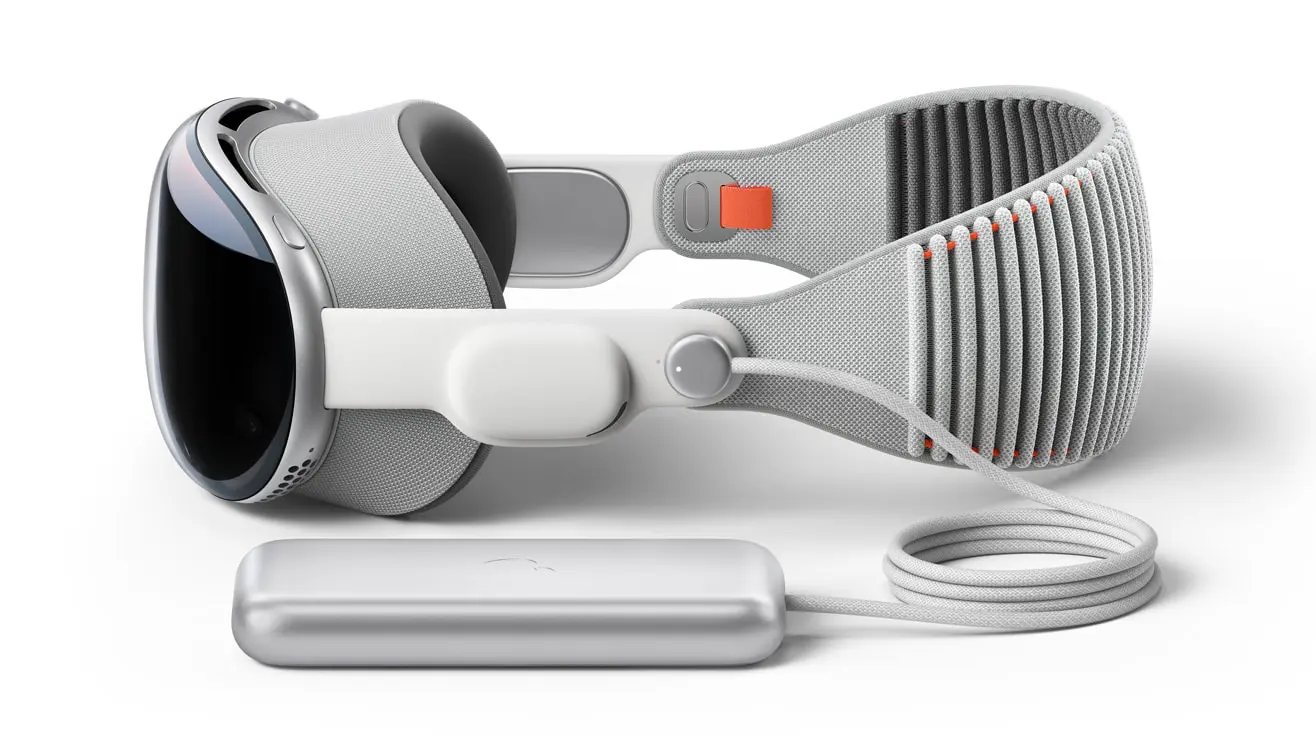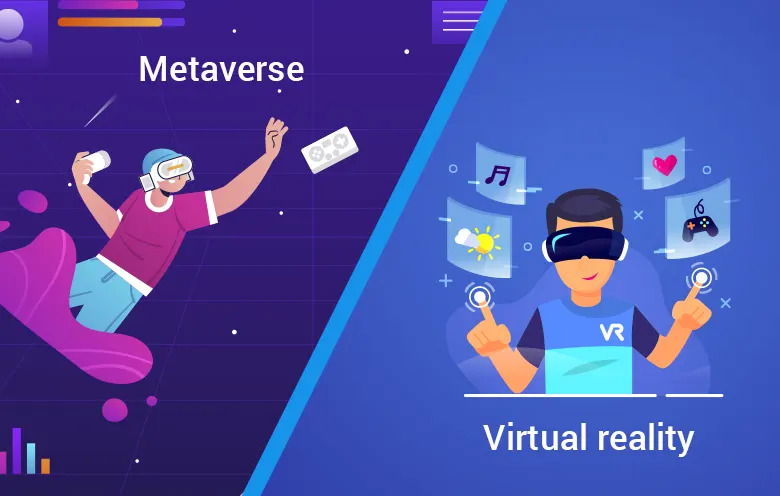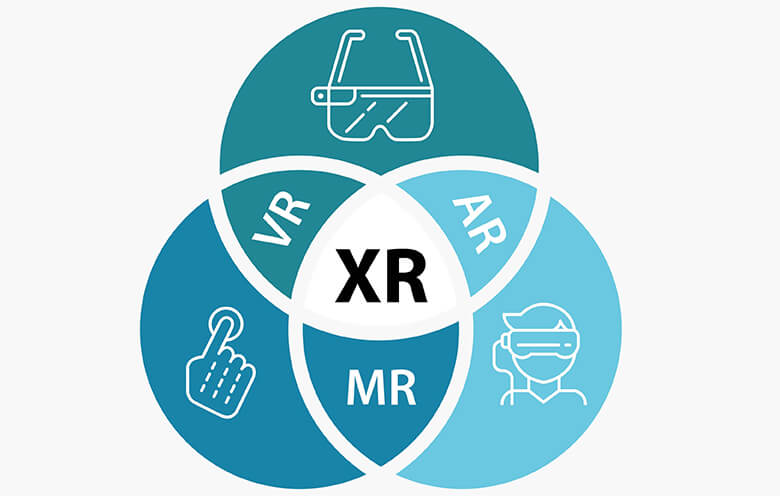With the rise of the metaverse and continual advancements in immersive technologies, the industrial sector is experiencing a radical transformation. While training is an elementary process for the manufacturing space, virtual reality (VR) technology has several applications in industrial training. Thanks to the recent surge in the development and adoption of consumer-based VR devices.
VR-based training has the potential to open new vistas for the industrial workforce. Early adopters of VR in the industrial segment have exhibited the technology’s unique and fascinating ways of training frontline workers. As virtual reality app development becomes more sophisticated, the demand for immersive learning is increasing.
According to the PwC’s 2022 US Metaverse survey, 51% of companies have already embraced VR or are in the process of integrating VR into their existing strategy.
This blog post will enlighten you with reasons for embracing virtual reality for industrial training. It will also walk you through the perks of VR-based training.
The traditional industrial training process
The conventional industrial and manufacturing training process has always been expensive and time-consuming. With traditional approaches, the training often happens on-site as on-the-job training or classroom training. Apart from this, the standard process involves different ways of training workers, including:
The traditional approach to training workers includes the participation of one or multiple trainers, keeping them occupied most of the time. Besides, when a new hire or trainee is relocated to a remote location, organizations have to bear the costs of training them on the field. Moreover, conventional training can be enormously risky for workers in hazardous terrain or flammable environment.
Drawbacks of the traditional training approach
- Time-consuming: Monotonous and time-consuming training for each batch of operators
- Accessing difficulties: Managing and accessing printed guides of disparate processes like installation, maintenance and audit
- Complex tasks: Face difficulty understanding complicated tasks with a paper-based manual and handling them
- Human errors: High chances of fallacies committed by workers and inaccuracy in measuring overall performance
- Security: An operator having different roles could access guides of any process, resulting in a lack of security
How VR can help overcome industrial training challenges
According to psychologists, the tendency of humans to interact with something in three dimensions is more than perceiving it on a piece of paper. Hence, the need for immersive technologies such as virtual reality cropped up. Virtual reality delivers a more engaging, real-world experience to workers while creating a safe setup for any form of industrial training.
Virtual reality offers the safest, smartest way of upskilling the industrial workforce while addressing the challenges of traditional training methods. VR is here to take workers’ training experience to a new level by providing them with a more engaging, interactive and faster learning experience than the traditional method. With state-of-the-art VR devices, frontline workers could access training modules or guides anywhere, at any time.
Applications of VR in industrial training
The applications of VR in the industrial training are manifold. Here are the top five VR applications in industrial training.
1. New hire onboarding
Virtual reality deems to be the best fit for providing a remarkable onboarding experience to newly joined field workers. It streamlines the onboarding process while newly recruited members enjoy its immersive nature.
VR also fosters human connections, thus enabling new joiners to communicate with other workers virtually. For instance, Accenture has created a virtual onboarding area called the “Nth Floor” on Microsoft’s AltSpaceVR platform.
2. Group training
VR training is best applicable for the practical training of a group of workers remotely. It allows workers from different physical locations to learn as well as interact in a single setup. VR makes it easier for managers to coordinate team training sessions across time zones and continents.
The adoption rate of VR for training a bunch of workers through only one platform has ascended in the last two years. Moreover, the expenses associated with training multiple people from different zones are almost negligible.
3. Hazardous work training
VR devices are eminently suitable for training workers in heavy industries, mainly in a risky or expensive environment. Virtual reality makes field workers feel safe and confident to work in potentially hazardous situations.
For instance, by wearing HTC Vive or Quest 2, field workers can experience life-and-death situations, the recreation of which is out of the question in the real world. The immersive VR technology enabled Tyson Foods to reduce fatality and injury rates by 20%.
4. Crisis readiness training
VR is the best choice for training and preparing field workers for emergencies like explosions, toxic releases, blizzards, floods, earthquakes, fire, etc. Immersive VR headsets enable workers and field operators to efficiently deal with such potential crises, mitigating the risk to personnel and property.
For instance, with VR, frontline workers can get familiar with the tools and alarming situations by staying within the context of the industrial environment. The best thing about virtual reality is that you can recreate emergency scenarios as many times as required to prepare your workers for them.
5. Maintenance and inspection training
Industrial machines are becoming too complicated to inspect and repair in modern times. Nonetheless, virtual reality streamlines the maintenance and equipment repair training process providing workers with video tutorials overlaid on the actual machine. Moreover, with VR headsets, on-site workers can use AI and connect with technicians remotely while detecting issues on the field.
Traditionally, training workers for equipment maintenance and inspection required visits to the actual site. It was costing the earth for industrial enterprises and wasting the time of both trainers and trainees. However, self-guided VR comes with maintenance manuals, enabling field workers to learn how to inspect or troubleshoot issues rapidly.
Benefits of immersive VR industrial training
- Better emotional connect
- Completely safe environment
- Boosts the overall productivity
- Faster upskilling of employees
- More focused learning
To know why modern enterprises across industries are embracing virtual reality, read our article on how VR adoption is helping businesses.
Break new grounds with VR training
As you have seen in this article, virtual reality is transforming industrial training, making it more interactive and efficient. With the uptake in digitization and Industry 4.0 revolution, many manufacturing organizations have already employed VR technology for training their workers. If you are willing to jump on the bandwagon and blend VR with traditional training processes, talk to our experts today!




